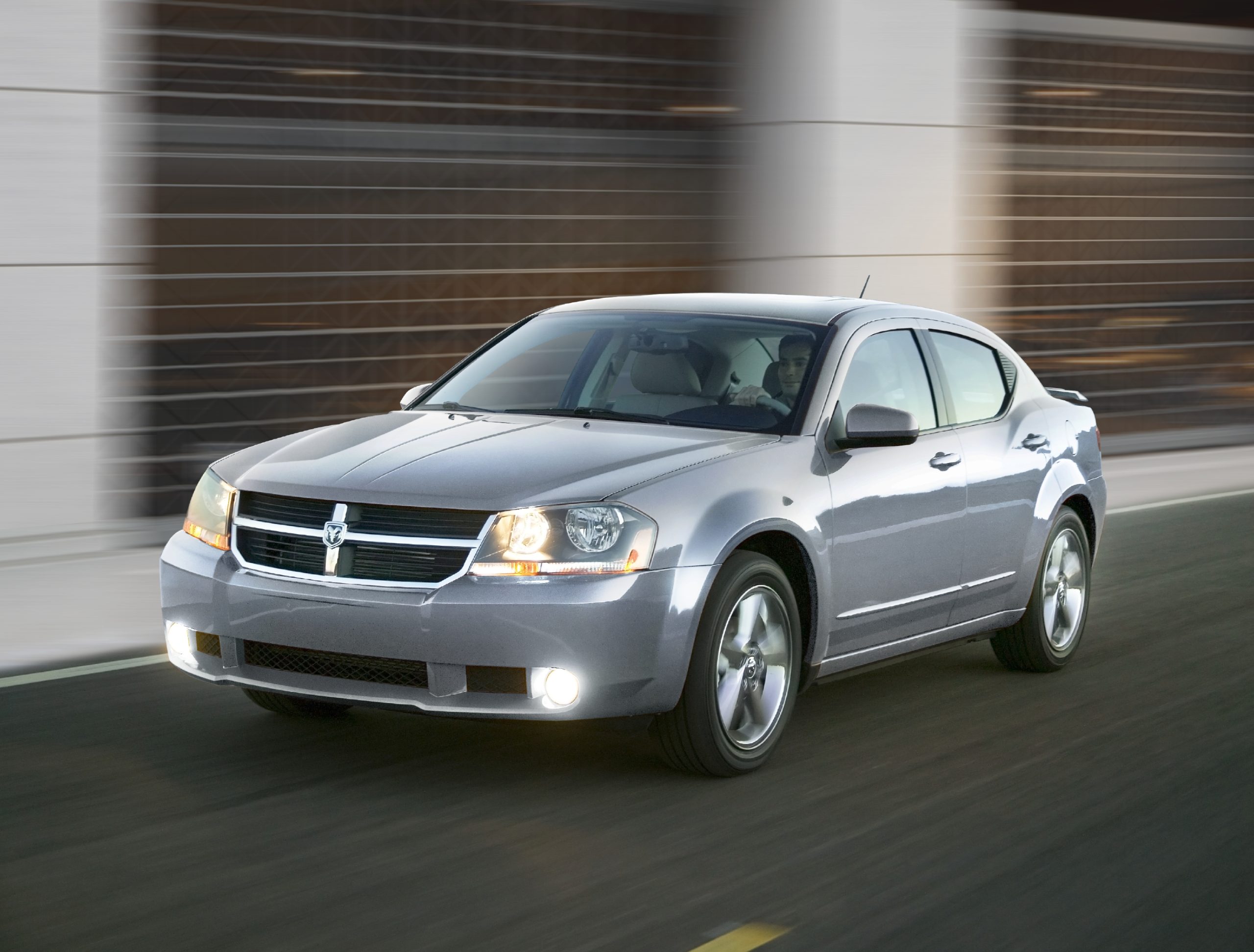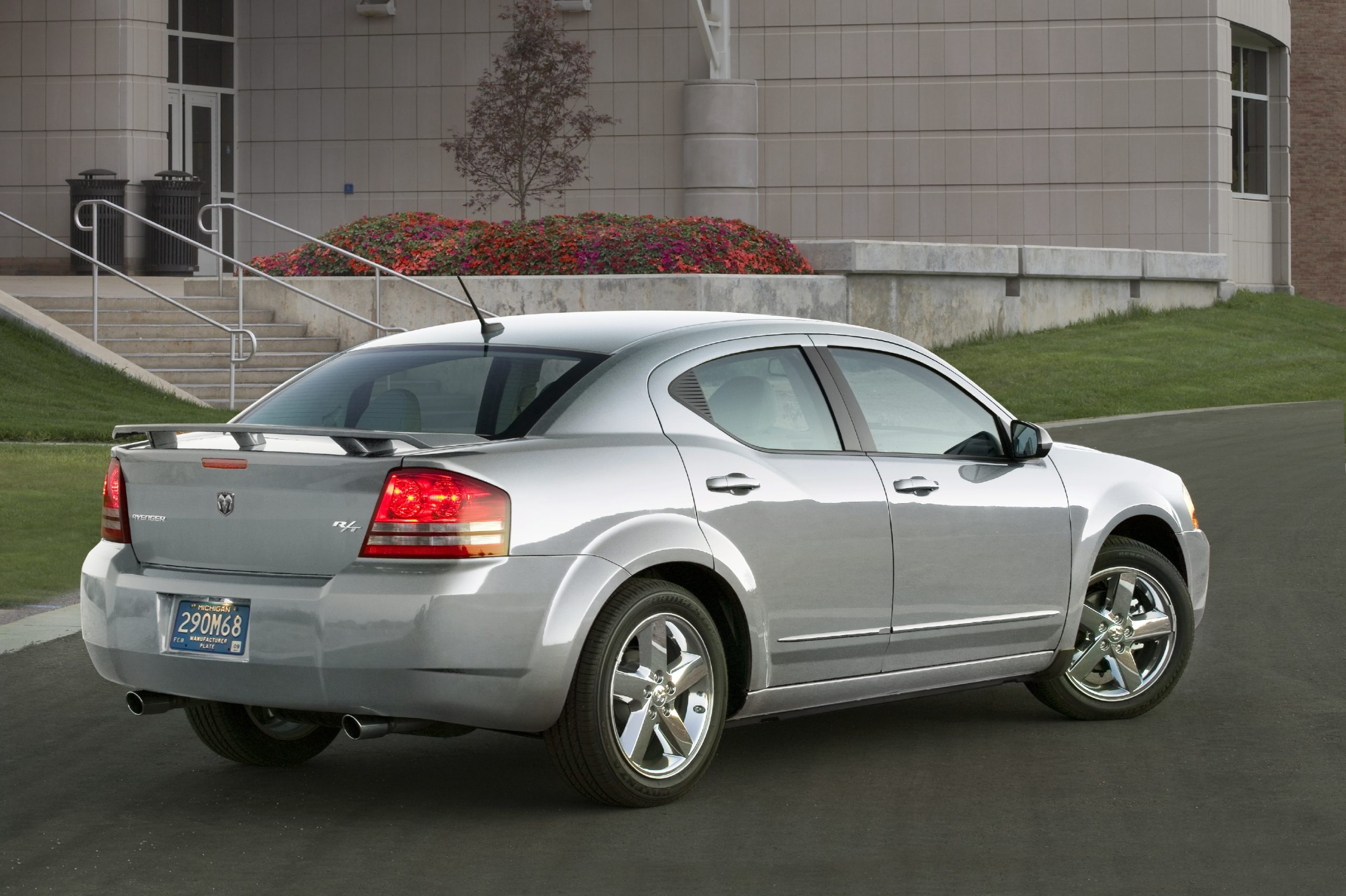| Midsize car; Built in USA |
|
|
| Good condition price range: $7,900 – $15,000* |

2010 Dodge Avenger

2010 Dodge Avenger

2010 Dodge Avenger
| Pros: |
|
| Cons: |
|
The 2008-10 Dodge Avenger disappoints with crude drivetrain behavior, unsophisticated road feel, and budget-grade cabin appointments. These demerits have been offset somewhat by aggressive new-car pricing for base models, and an impressive complement of key safety features. Virtually every class competitor deserves a higher spot on your shopping list.
Overview
New for 2008, the Avenger marked Dodge’s return to the midsize-sedan segment. Assuming the spot once occupied by the Stratus, Avenger was about 4 inches taller than that car, but otherwise similar in size. Avenger shared its basic design with the Sebring from Dodge’s parent company, Chrysler. Competitors included the Chevrolet Malibu, Ford Fusion, Honda Accord, and Toyota Camry.
SE, SXT, and sporty R/T and R/T AWD models were available. SE and SXT came with a 173-horsepower 2.4-liter four-cylinder engine. A 189-hp 2.7-liter V6 was optional for SXT, while R/T models got a 235-horsepower 3.5-liter V6. The R/T AWD models had all-wheel drive, but all other Avengers were front-drive. The 2.4- and 2.7-liter engines used a four-speed automatic transmission; the 3.5, a six-speed automatic. Front-drive R/Ts had a sport suspension.
Standard safety features included antilock brakes (except SE models), curtain side airbags, and front side airbags. Traction control and an antiskid system were available. Optional was a navigation system with digital-audio connectivity, wireless cell-phone link, and a 20 gigabyte hard drive that could hold music or picture files. Other options included a heated and cooled cupholder, remote engine start, leather upholstery, and DVD entertainment.
Yearly Updates
| 2009 Avenger Dodge dropped the all-wheel-drive model, but otherwise the Avenger was largely unchanged for 2009. The new uconnect suite could include a wireless cell-phone link, 30-gigabyte hard drive, and a navigation system with real-time traffic information. |
| 2010 Avenger The 2010 Dodge Avenger gained a mid-level Express model but received few other changes. |
